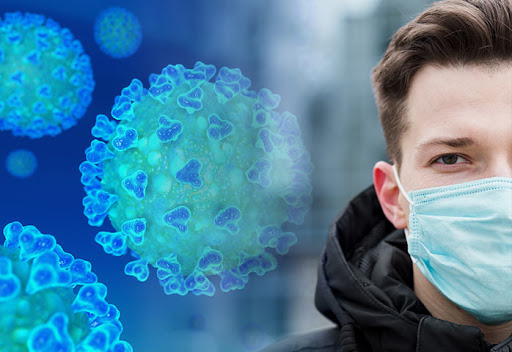There has been recent information presented about Home Test Kits becoming available in SMA. It’s really important to understand that these Home Test Kits are for Antibody Testing and do not diagnose active disease COVID-19.
This really is important, so we’re going to say it again:
Home Test Kits that use blood for a sample and give you rapid results are not Diagnostic Tests and are not able to diagnose where you have an active COVID-19 infection. These types of tests are Antibody Tests which looks for evidence of someone’s prior infection with the virus. An antibody test provides evidence that someone may have been exposed to the virus in the past by detecting antibodies specific to the virus. There are MAJOR limitations to Antibody Tests that are discussed below.
* Please note: There are Diagnostic Home Collection Kits available in some countries that test for active COVID-19 disease. These are not rapid test kits and require you to take your own nasal swab and then send the sample to a lab for processing. We absolutely do not recommend this type of test for the average person (and are unsure if they’re even available in SMA). A correct nasal swab sample is not an easy sample to take, and we recommend that all swab samples should be collected by a healthcare provider to ensure accurate collection as this ultimately affects results.
What these Antibody Tests can tell us right now in SMA:
The current accuracy rate (as of July 2, 2020) for positives on these tests in our community is about 33% at the very best. At this time, they have little clinical value in detecting positive results for our city on their own, and it’s important you understand the limitations before relying on results as a justification to let your guard down.
Why we do not recommend Antibody Testing at this time:
The current accuracy rate for positive results on antibody tests in our community is only 33%. It’s important you understand the limitations of these tests before relying on results as a justification to let your guard down. Since 2 out of 3 positive results will be incorrect, a positive result has little clinical value for helping you make decisions.
Antibodies most commonly become detectable 1-3 weeks after infection onset. Scientists are working to understand what it could mean to have antibodies from past infections. Until more is understood, whether you test positive or negative for COVID-19 on an antibody test, you still should take preventive measures to protect yourself and others. This is because:
- There is currently no definitive evidence that people who have recovered from COVID-19 and have antibodies are protected from a second infection. (World Health Organization, 2020)
- These antibody tests (like all tests) will have false positives and negatives, and their predictive value is tied to the prevalence of the disease in the broader population. (Steven Woloshin, 2020)
Why is a Positive result on the Antibody Test only 33% accurate?
We’ll use the Abbott Architect SARS CoV2 IgG, Nucleocapsid IgG test for simplicity sake. It’s the gold standard and claims to be 100% sensitive and 99% specific (Abbott, 2020). Sounds pretty good right?
Unfortunately, it’s not as simple as that. If tests are run on a population where very few have been infected (low prevalence, such as San Miguel), then there will be many false positive test results. In our city’s case, so many that the accuracy of the Abbott test for positives in San Miguel de Allende with our current prevalence, is only 33% (see calculations below). This means that the test is not clinically reliable in our area at this time for detecting positive results.
Before getting an antibody test in San Miguel de Allende, everyone should understand that in interpreting their results that the accuracy is limited as discussed above. Again, the results should not affect protective and preventative behaviors for anyone.
Calculations at 100% sensitivity and 99% specificity for the Abbott Architect SARS CoV2 Igg Test in San Miguel de Allende
We have approximately 180,000 people in our town (San Miguel de Allende, 2017), and from the daily statistics, we can say roughly 900 have been infected by the coronavirus and developed antibodies. That’s a 0.5% prevalence rate of the disease in SMA as of the date this is being written.
We’ll assume that the local Abbot test claim is correct and is 100% sensitive and 99% specific (although independent labs show it to be lower). That is, in 100% of patients who have antibodies, it’ll detect them and in 99% of patients who don’t have antibodies, it’ll correctly say they haven’t been exposed.
Let’s say we test everyone in our town and calculate the number of true positives and false positives. Our 100% sensitivity means that 100% of the 900 people who actually have antibodies will come back and true positives, giving us 900 positive results from that group.
But our 99% specificity means that we’ll have a 1% false positive rate across the population of those who don’t have it. In other words, 1% of the people in our town who don’t have the antibodies will wrongly be told that they in fact do have them.
So, if only 900 people actually do have antibodies in our town, we know that 179,100 all don’t. But our 1% false positive rate means that 1,791 will be wrongly told they have antibodies.
Putting together our 900 true positives and our 1,791 false positives, we have a total of 2,691 positive results. This means we end up with a positive predictive value of just 900/2,691 or 33%.
So, if you’re a citizen in our town, and the tests says you have antibodies, the chance that you really do is just 33%. Not even a coin toss….

